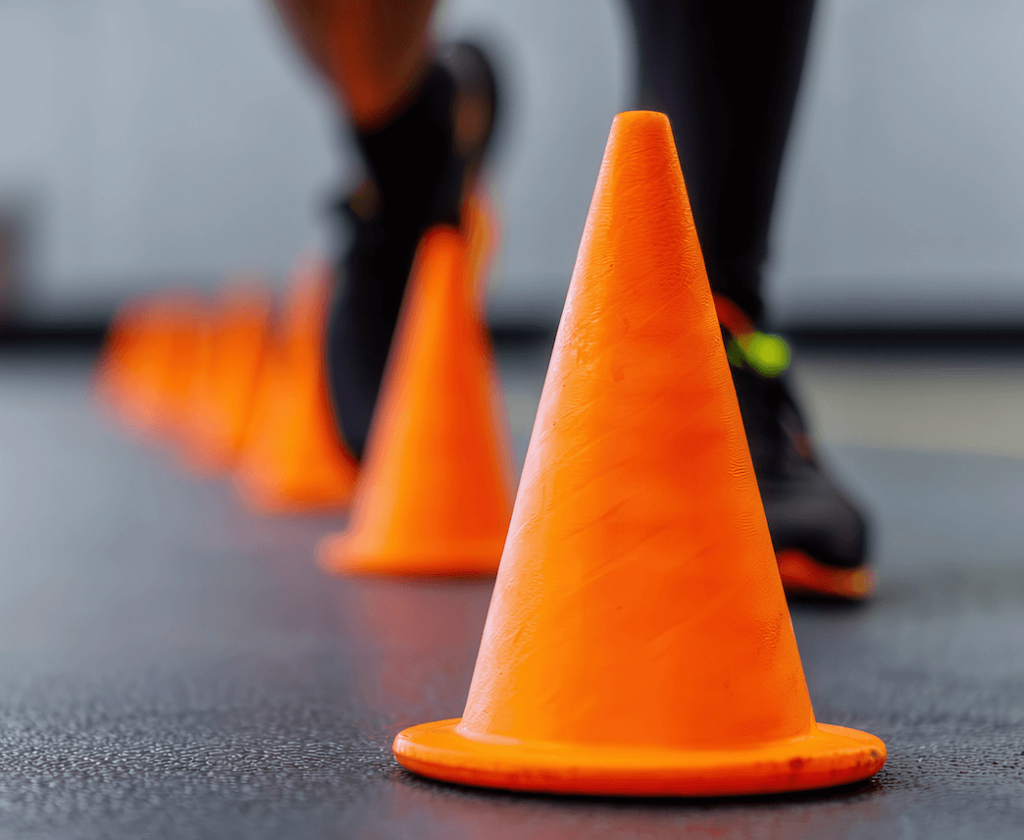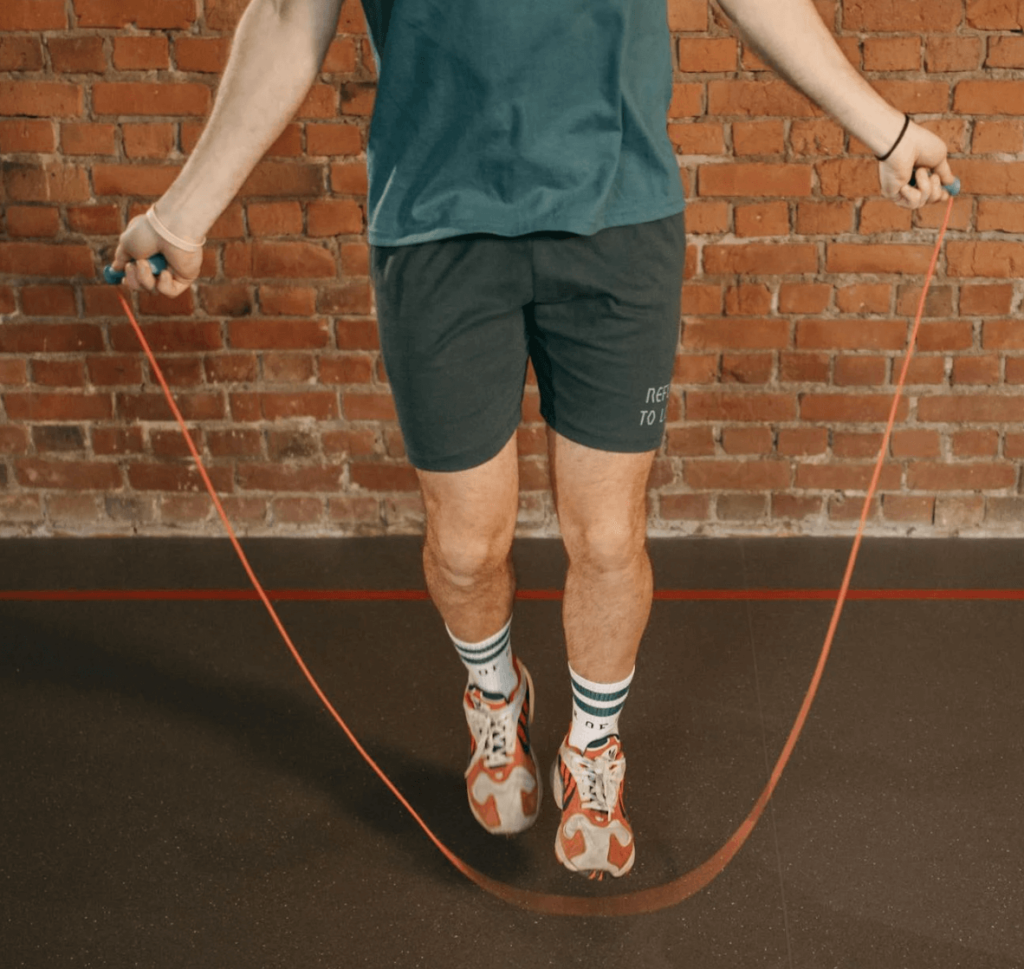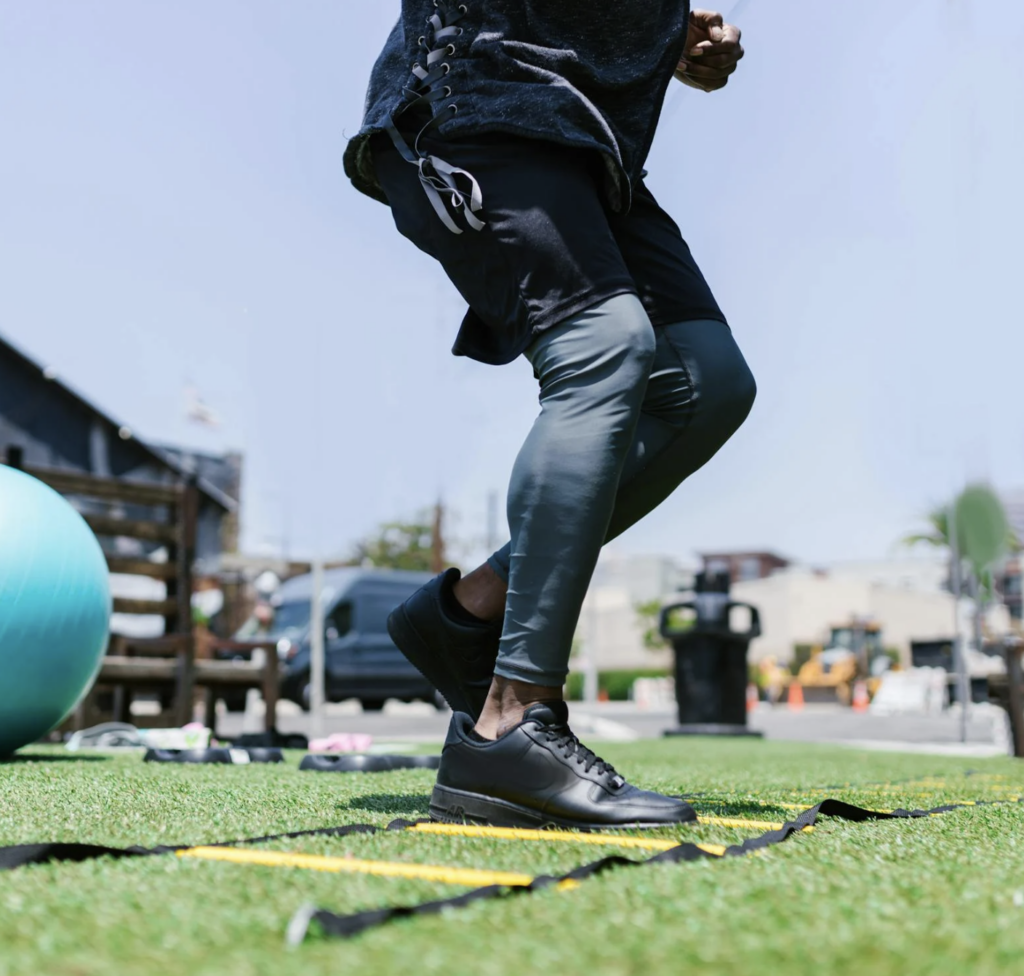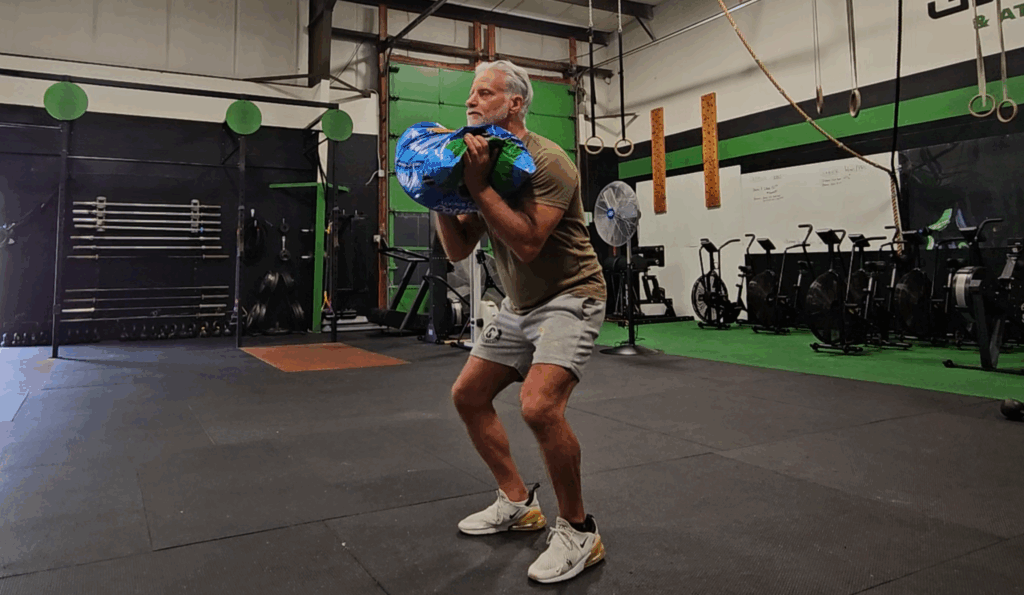Fear of injury can be a powerful barrier to everyday activities, especially for older adults or those recovering from an injury. But functional training is more than just exercise – it’s a way to rebuild trust in your body, strengthen weak areas, and regain confidence in movement. Let’s look at how targeted, practical training can restore physical and mental strength.
The Fear of Injury as a Barrier to Daily Activity
For those who have experienced a fall, surgery, or chronic pain, the fear of re-injury can be paralyzing. It can make simple tasks like walking up stairs or bending to pick something up feel daunting. This fear often leads to decreased activity, which only weakens the body further.
Functional training addresses these concerns by focusing on controlled, deliberate movements that mimic real-life tasks. This helps rebuild both physical strength and mental confidence, allowing individuals to move with greater assurance.
Confidence-Building Exercises: Stability, Agility, and Controlled Movement
- Stability Training – Creating a Strong Foundation
Balance is the cornerstone of injury prevention. Stability exercises train the body to stay grounded and centered, reducing the risk of falls.
- Exercise: Single-leg balance – Stand on one leg, engage the core, and hold for 30 seconds. Switch sides.
- Exercise: Heel-to-toe walk – Walk in a straight line, placing the heel of one foot directly in front of the toes of the other.
- Agility Drills – Reacting Quickly and Safely
Agility isn’t just for athletes. Quick reaction drills train the body to adjust quickly to changes in direction, helping prevent missteps and falls.
- Exercise: Side shuffles – Move laterally across a room, keeping knees slightly bent and core engaged.
- Exercise: Cone drills – Place 3 cones in a zigzag pattern and practice moving around them quickly and carefully.
- Controlled Movement – Slow and Steady Wins the Race
Practicing slow, controlled movements helps reinforce proper form and muscle memory, reducing the risk of sudden, jerky motions that can cause injury.
- Exercise: Step-ups – Slowly step onto a sturdy platform, focusing on form and stability. Step back down and repeat.
- Exercise: Slow squats – Lower slowly to a seated position and rise back up, maintaining control throughout.
Daily Activities That Trigger Fear of Injury
Everyday tasks that once seemed simple can become daunting after an injury or as we age. Here are some common activities that often provoke fear of injury and how functional training can address them:
- Snow Shoveling: The risk of slipping, straining the back, or overexerting the heart. Functional training includes hip hinges and core strengthening to stabilize the spine and improve balance.
- Getting In and Out of the Shower: Wet surfaces increase the risk of slips and falls. Balance exercises like heel-to-toe walks and single-leg stands can boost stability and confidence.
- Climbing Ladders: Fear of losing balance or missing a step. Agility drills and step-up exercises help reinforce proper stepping technique and ankle stability.
- Carrying Groceries or Laundry: Lifting heavy or awkwardly shaped items can strain the lower back or shoulders. Deadlifts, carries, and core work teach proper lifting form to prevent injury.
- Walking on Uneven Surfaces: Uneven terrain can challenge balance and coordination. Practicing dynamic movements like side shuffles and cone drills can train the body to react and stabilize effectively.
Addressing these common fears with targeted functional exercises not only builds physical strength but also restores confidence in everyday movements.
Knowing When to Step Back: Activities Best Left to Others
Sometimes, the safest choice is to acknowledge that a certain activity may no longer be suitable, especially as we age or recover from injury. Here are some common tasks that are best outsourced or avoided altogether:
- Snow Shoveling: Even the fittest seniors can risk heart strain, back injuries, and falls while shoveling snow. Consider hiring a local service or asking a neighbor for help.
- Roof or Ladder Work: Climbing ladders can be a major fall hazard, particularly for those with balance or coordination issues. Leave roof repairs and gutter cleaning to professionals.
- Heavy Lifting or Moving Furniture: If the item is bulky, heavy, or awkward to lift, don’t risk it. Ask for assistance or hire a moving company.
- Yard Work in Extreme Weather: Extreme heat or cold can exacerbate health conditions and increase the risk of dehydration, exhaustion, or falls. Plan heavy yard work for cooler days or delegate it to someone else.
Recognizing your limits isn’t a sign of weakness – it’s a sign of wisdom. Protecting your body from unnecessary risk ensures that you stay healthy and capable for the activities that truly matter.
Recovery and Rehabilitation: How Functional Training Aids Injury Recovery
Functional training is a powerful tool for those recovering from surgery or injury. It focuses on rebuilding strength in weakened areas, improving range of motion, and correcting muscle imbalances.
- Targeted Strengthening: Resistance band work to restore joint stability
- Mobility Work: Gentle stretches to increase flexibility and reduce scar tissue buildup
- Core Activation: Planks and bridges to support the lower back and prevent future injuries
Regaining Confidence Through Practical Training
Functional training isn’t just about building muscle – it’s about restoring confidence in your body’s ability to move safely and effectively. By focusing on stability, agility, and controlled movements, you can overcome the fear of injury, regain independence, and return to daily life with renewed assurance and strength.





